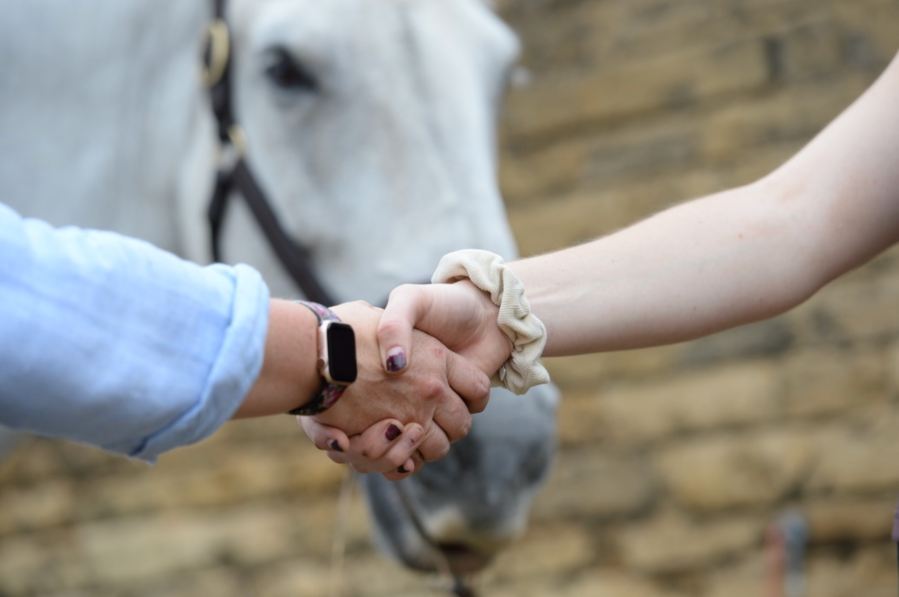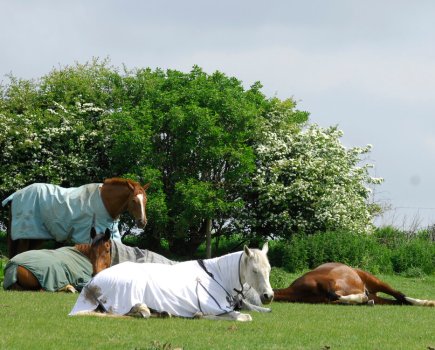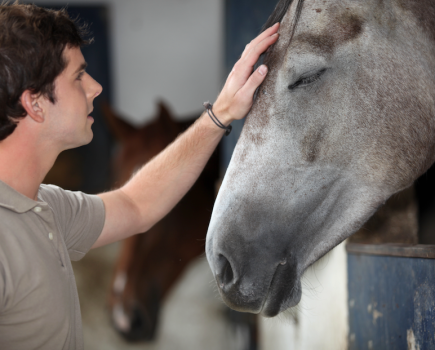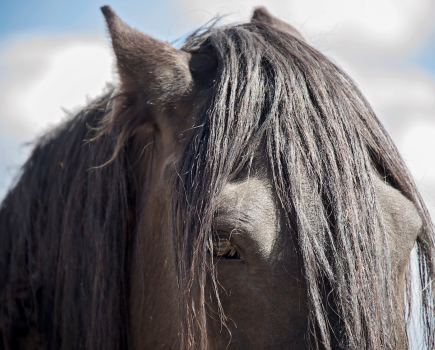Many of us are feeling the pinch with the cost of living crisis, and it might not be the time to commit to owning your own horse outright. Whether it’s time or money that’s tight, a share or loan agreement could be the way to still get your horsey fix.
Loaning a horse
Put simply, a loan refers to the borrowing or lending of a horse. A standard loan arrangement usually involves a horse who is fit and well. Quite often they will be very much loved but outgrown or riderless and, rather than sell them, their owner would prefer to put them out on loan and retain control over their long-term future. There may be conditions attached as to the type of work they can do, or where they live, and the loan will often be for a fixed term.
In the majority of cases the responsibilities and costs that come with loaning a horse match those of owning one – minus the initial outlay of buying them, of course. Chances are that you’ll be in charge of their day-to-day care and you will, in effect, treat them as your own for the duration of the loan.
What’s most important is that for any agreement to work well, both parties must agree on their responsibilities, both financial and otherwise, and ensure that all eventualities are planned for – in particular, what will happen if the loan comes to an unexpected end.
The experts at the BHS strongly advise that a written agreement is drawn up. Use the simple loan agreement on their website (see bhs.org.uk) as a template, personalise it to your own requirements, and get it checked by a qualified legal adviser. Ensure that both parties sign it and that each party keeps a copy.
Remember to never accept a horse on loan without a valid, up-to-date passport and check that the person loaning them is the current registered owner.
Sharing a horse
Sharing is becoming an increasingly popular option for cash-strapped and time-poor horse lovers. Often an owner will advertise for a sharer, which may be on a ‘help in return for rides’ basis, or shared use of the horse in return for payment towards their upkeep.
This can be a great way to up your horse care and riding experience without committing full time. But for any share agreement to work happily, you and the horse’s owner must see eye to eye and trust one another.
It’s hugely important that you feel confident handling and riding the horse, that you’re happy to fit in with their day-to-day routine and, if money is involved, that you’re clear as to what your financial responsibilities are and how much time you’ll get to spend with them. To this end, it can be a good idea to set up a trial period to test whether the arrangement will work long term.
As with loaning, it’s vital to draw up a written share agreement that is signed by both parties – again, a template can be found on the BHS website.
Receive six issues of Your Horse magazine for just £15!









